TL;DR
▶ After the first nine months following the surgery have passed, you should start seeing moderate hair growth in the recipient area. The full results can take at least 12 months after the operation.
▶ A hair transplant does not start or end with surgery alone. You should pay close attention to your hair’s health through small activities such as having a proper rest up to 2 weeks after surgery.
▶ Aside from new care habits, you should also refrain from doing some of your ordinary hair care for some time, such as applying oil. Use Finasteride or Minoxidil instead.
So you’ve just had your hair transplant surgery.
Or you might just be wondering what the aftermath of one looks like.
Either way, let me tell you this; the success of your hair transplant surgery mostly depends on the guidelines on this list.
Unfortunately, jumping on a flight to Turkey for a hair transplant and going through an 8-hour procedure was relatively the easy part.
I’m not trying to discourage you. I’m a medical doctor first, a hair clinic physician second; so I need to tell you the truth.
In this article, I’ll start from the morning of your hair transplant surgery. I’ll walk you through everything that’s going to happen and everything you should be doing in order to maximize your hair transplant success rate.
Table of Contents
Surgical Procedure
Your scheduled day for the surgery has arrived. You’ll wake up a bit nervous but assured; it’s normal.
You start your day with a big breakfast (plus lunch if you’re scheduled for the afternoon) and head over to the clinic.
Don’t worry, having a full stomach is a must for a hair transplant surgery and can help with quicker recovery times.
You’ll meet with your surgeon for the preparations:
Examination
Chances are, you’ve already had a consultation/first examination session with your doctor. In this one, the surgeon walks you through what’s going to happen today, what’ll happen after the hair transplant, and thoroughly informs you about the medications and care products you’re going to use.
Then, your hair is trimmed (necessary for FUE surgery, not needed in FUT), and your new hairline is drawn.
Local anesthesia is applied to your scalp, so now you’re ready to sit down at the operation seat.
Harvesting
The first thing your surgeon will do is to harvest donor hair grafts from the donor area of your scalp (which is usually the rear end.)
If you’re going through a Follicular Unit Transplantation (FUT) surgery, the surgeon extracts strips of tissue full of hair follicles from the donor area and then harvests individual hair grafts from it.
If you’re going through a Follicular Unit Extraction (FUE), however, the surgeon uses a special pen to extract individual hair follicles from your scalp one by one, significantly reducing the risk of scarring.
Once they’ve reached the necessary amount of grafts harvested, you’ll proceed to the next stage.
Planting
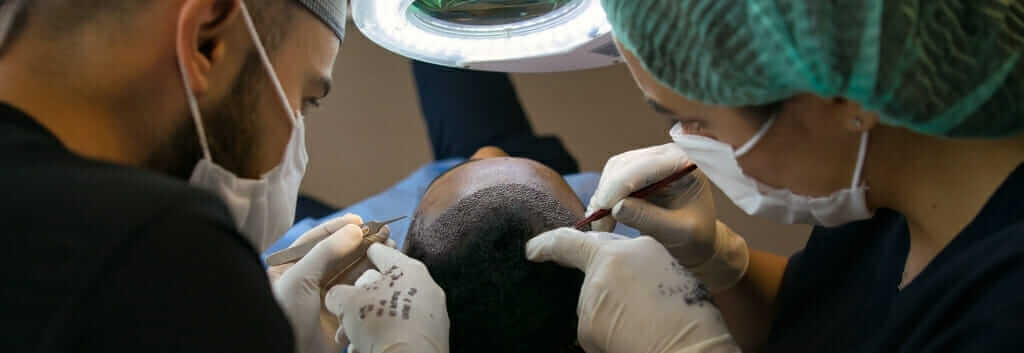
For the last part, the harvested grafts are carefully planted into the recipient area.
With enough hair planted to give you a full head of hair and a natural-looking hairline, your surgery is over.
Your surgeon applies a bandage to the donor area of your scalp (plus stitches if you’re having FUT) and you can leave the clinic.
The moment you walk out the door starts the healing process. Now it’s on you.
Let’s see everything you should expect, do, or not do after hair transplant procedures.
During the First Week
1- Don’t Shower (for 24 hours)
Until the first wash that should be done a day after your surgery with your physician, don’t let water get anywhere near your scalp.
If it’s necessary, you can carefully wash your body with slow movements (to avoid any accidents), but you can’t wash your head for at least 24 hours. After that, your physician should provide you with the guidelines for washing your hair for the next few weeks.
2- Use Pain Killers (0-3 days)
Once the anesthesia has worn off, you’ll start to feel discomfort and soreness in your scalp.
We usually advise our patients to take painkillers such as ibuprofen until the initial healing is done, which takes around 2-3 days.
3- Don’t Use the Hair Dryer (for 3 days)
A direct flow of air can have adverse effects on your scalp, especially right after the surgery. Don’t use hair dryers at all for 3 days, and after that dry your hair in the slow and cold settings.
4- Keep Your Head Still (0-4 days)
Moving your head can cause increases in blood flow to your scalp, which can cause bleeding and discomfort.
Try to avoid moving your head too much for the first 4-5 days, and slowly improve after that.
5- Feeling a Burning Sensation on Your Scalp Is Normal (for 5 days)
It’s normal to feel a burning sensation on your scalp for the first 5 days, however, it should slowly go away.
If not, consult with your dermatologist.
6- Avoid Seawater Exposure (for 5 days)
If you go back just a decade or so, your surgeon would advise you to jump into the ocean for a swim presuming that the salt in the water would help with the infection.
But seawater is filled with dangerous substances due to pollution, which can increase the chances of infection development. Avoid for at least 5 days.
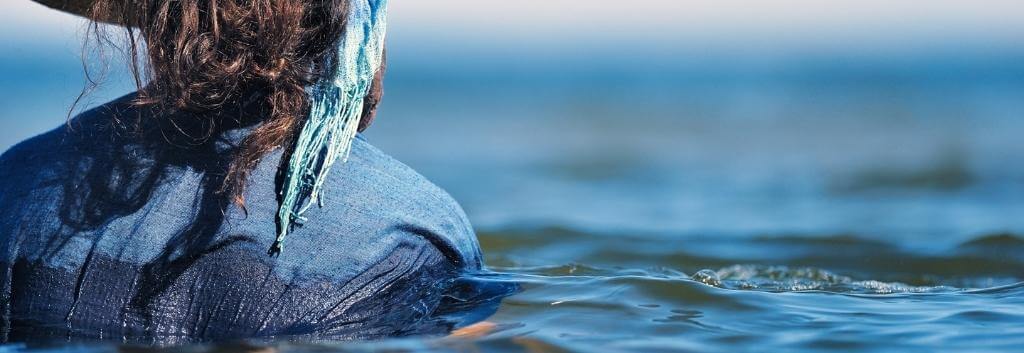
7- Swelling on Scalp May Appear (for 7 days)
Swelling around the recipient and donor areas during the first week of your hair transplant is expected. It should gradually go away, and if it doesn’t you should consult with your doctor.
8- Don’t Go Back to Work (for 7 days)
This one is advised assuming that your job requires physical activities or is not that safe of an environment for you to be in right after a hair transplant.
But try to stay at home and relax while giving your body time to recover at least for the first week.
9- Don’t Smoke or Use Nicotine Products (for 7 days)
If you ask me, don’t smoke or use nicotine products for the rest of your life; to keep your blood flow as clean as possible.
But since that might not be an option for you, we advise our patients to stop smoking a week before the surgery and a week after. This helps improve the quality of your bloodstream and keeps harmful chemicals away from your body during the most crucial stage of your recovery.
10- Don’t Have Sexual Intercourse (for 7 days)
You should keep from having sex for at least a week after the surgery, in order to keep a stable and calm heart rate and blood pressure.
During the Second Week
11- Avoid Heavy Activities (for 10 days)
Even if you can probably start working after a week, try to keep yourself from doing heavy activities that will put your body under stress for at least an additional few days. This might mean skipping work for another week if your job is physically demanding.
12- Use a Neck Pillow (for 10 days)
Neck pillows will help you keep your scalp safe while sleeping and give you a bit more comfort. Use for at least 10 days post-surgery, and more if you can.
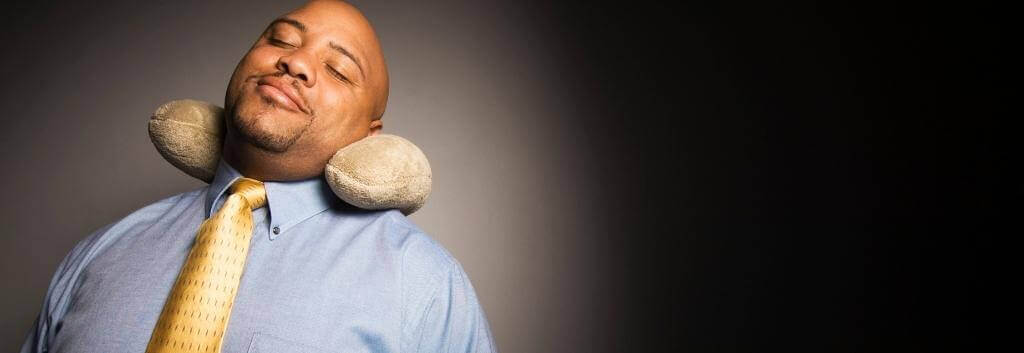
13- Sleep Face-up With 45 Degrees Elevation (for 10 days)
In order to regulate the blood flow to your scalp during sleeping and reduce swelling as much as possible, you try to elevate your body at least 45 degrees and stay away from lying flat.
A recliner or a few hard pillows usually do the trick.
14- Change Sheets and Pillowcases Daily (for 10 days)
In order to prevent any infections that might occur due to unchanged sheets and pillowcases, which is a pretty common case after hair transplantation; you should change sheets and pillowcases regularly.
I usually advise changing them daily for 10-14 days.
15- Scabs Will Fall Out (for 12 days)
Hair transplant scabs caused by the surgery will develop on your scalp 1-3 days after your surgery, and all of them usually fall out after 12 days.
You’ll want to start itching them really bad, but don’t; to not harm the transplanted hair and the donor site.
16- Don’t Comb the Donor Area (for 14 days)
Don’t comb and even try to avoid touching the donor area (especially if your hands are not clean) to ensure you’re giving yourself enough time to heal without intervention.
About 14 days after surgery, the donor area should mostly recover and you’ll be able to comb it.
17- Avoid Alcoholic Beverages (for 14 days)
Alcohol will cause dehydration, which is obviously bad for your body and your scalp; in fact it might be a reason for your hair loss, too.
Don’t drink alcohol for a minimum of two weeks after the hair transplant and try to keep the intake as minimum as possible during the first year to ensure success.
Did you know that excessive alcohol intake and smoking are the top reasons behind hair transplant failures?
18- Use the Special Shampoo (for 14 days)
You can’t just use any shampoo following your hair transplant. For at least the first two weeks, use the special shampoo which your clinic should provide you with other aftercare products.
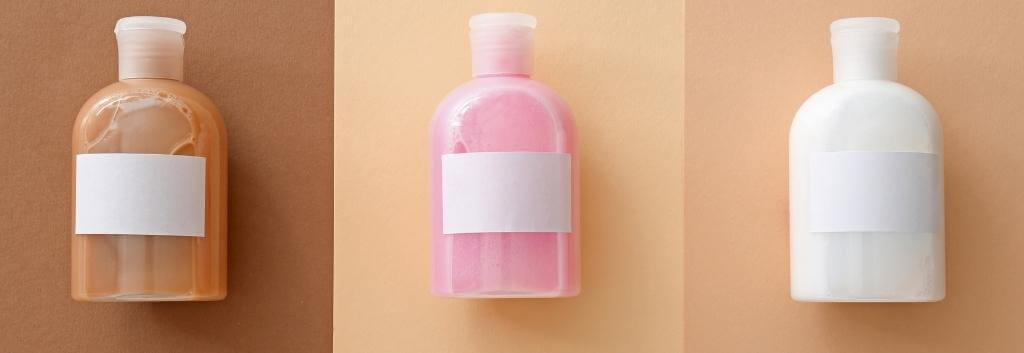
19- Don’t Touch the Recipient Area (for 15 days)
Even touching the transplanted hair -which can cause hair transplant infections or other complications- is forbidden for at least two weeks.
And after that, you have to be gentle and make sure your hands are clean before you interfere with your scalp.
20- Avoid Dusty/Polluted Areas (for 15 days)
Keep the stress around your scalp as low as possible by not directly exposing it to pollution and dust.
Again, if your workplace is not the cleanest area in terms of air, you should probably take a bit more personal time.
21- Stick With the Washing Instructions (for 15 days)
During your first wash, we’ll provide you with the necessary guidelines and products for washing your hair. Even though you should practice these for as long as you can, following the guidelines the first 2-3 weeks after the surgery is absolutely necessary.
First Month
22- Numbness on the Scalp Will Pass
You’ll have a slowly decreasing numbness on your scalp after your hair transplant surgery and if everything goes right and the initial healing process is complete, it should completely go away after a month.
23- Reddish Skin Is Expected
Same with numbness, the color of the skin on your scalp can be reddish during the first month after your surgery. It’s completely normal.
However, for both numbness and reddish skin, if the condition persists for more than 4-5 weeks, do consult with your physician.
24- Use Warm Water With Low Pressure
During the first month, only use warm water with little pressure (we even advise patients to use water sprays for the first weeks) to wash your hair. This is the most optimal choice for the well-being of your scalp.
25- Don’t Use Towels
For the first month, avoid using any sort of towels on both the donor and the recipient areas of your scalp. After 4-5 weeks, you can use soft, even cotton-like towels to carefully dry your hair without rubbing.
26- Don’t Sneeze?
Obviously, you can’t keep yourself from sneezing. But try to control it for the first month, and make it lighter on your body.
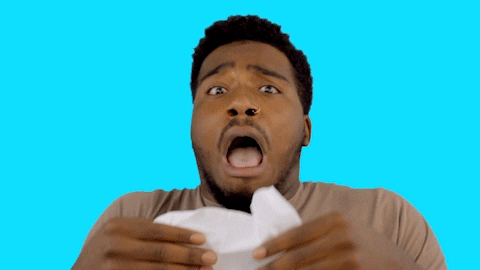
No more “ACHOOO!”; try to keep yourself at the “acho.” level to not put extra stress on your body.
27- Don’t Go Swimming
Water improves the chances of infections, as it can contain high amounts of bacteria and pollution.
To keep the risks of getting an infection as low as possible, avoid swimming until at least 4-5 weeks after your surgery.
28- Avoid Exercise
Exercising is great. I advise all of my patients to start exercising after a hair transplant surgery to avoid overall well-being and regulate blood pressure.
But not right after. Especially heavy exercising can put a lot of stress on your body and hinder your recovery during the first month. You can slowly start with light workout sessions after 2-3 weeks and proceed towards full performance 5 weeks after the surgery.
29- Don’t Comb the Recipient Area
Don’t comb the newly transplanted hair on your scalp for at least a month, as it will put the hair follicles at physical stress and risk. You can start gentle brushing after the first month.
30- Don’t Get a Hair Cut
You’ll have to keep away from barbershops and hair salons for the first 4-5 weeks, at least until your new hair has gone through the initial recovery and are safe for physical contact.
Also, there is always a high risk of getting an infection from a barbershop especially during the healing process, no matter how clean or trustworthy your preferred hairdresser is.
31- Don’t Cover Your Head With Hats, Helmets, or Headwear
Especially if you went with FUE, you might have the urge to cover your scalp with something that will hide the swelling and redness on your scalp. But don’t.
Let your newly transplanted hair breathe and don’t let it touch with a piece of clothing that’s probably not even sanitary.
32- Avoid Exposure to Sunlight
You shouldn’t stay out in direct sunlight during the first month after your hair transplant surgery, and try to use headwear to protect it after the first month for up to 5-6 months. Direct sunlight can put a lot of stress on your scalp.
33- Don’t Scratch Your Scalp
Scratching your scalp will physically hurt a hair follicle and hinder new hair growth by causing further irritation. At least for the first month avoid touching or scratching your scalp.
34- Don’t Use the Sauna

Sauna is designed to help you sweat and is generally a healthy activity; but not for your newly transplanted hair.
Avoid going in the sauna for at least a month after the surgery, and take things slow in the following period.
Between 1-3 Months
35- You Will Experience Hair Shedding in the Recipient Area (for 2 months)
During hair transplantation, we don’t plant individual “hairs”; we plant hair follicles capable of shedding and growing new hair. So, the implanted hair follicles on the recipient area are likely to shed for the first 2 months after your hair transplant, and you don’t need to worry unless the hair loss is excessive.
If so, consult with your physician.
36- New Hair Growth Will Be Visible (after 3 months)
New hair growth will not happen during the first 3 months prior to your surgery; as the hair follicles take their time to adjust to the change and slowly heal during this time. However, after three months you’ll likely see new hair growth in the recipient area, which is great news.
37- Follow a Healthy and Balanced Diet (for at least 3 months)
Again, following a healthy and balanced diet after your hair transplant is something we advise our patients to adopt for the rest of their lives. However, for the first 3 months, which is a crucial period for the recovery process, you should keep providing your body with all the necessary nutrients with a healthy diet.
6 Months
38- Shock Loss Is Uncommon but Normal (for 6 months)
It is normal to see hair loss both in the recipient or donor area between 1-6 months after your hair transplant surgery, which is referred to as “shock loss”.
A small percentage of patients experience shock loss and all of them completely recover as the hair follicles grow new hair.
39- Don’t Use Hair Dyes and Styling Products
Avoid using any chemical products such as hair dyes or styling products on your scalp for at least 6 months as the incisions in your scalp heal completely. These products can put your scalp at risk for stress, too.
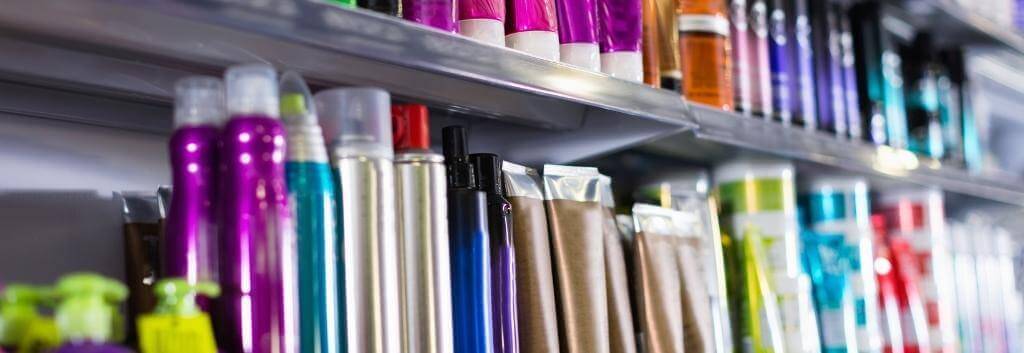
40- Don’t Use the Solarium
Same with exposure to sunlight, UV rays caused by a solarium can hinder or even harm your new hair growth process after a hair transplant. For at least 6 months after the surgery, avoid using solarium.
1 Year and After
41- Apply Topical Rogaine/Minoxidil (1-12 months after surgery)
Evidence suggests that using topical Minoxidil following your hair transplant surgery can significantly accelerate new hair growth and even minimize shock loss after the surgery. So, we advise our patients to use topical Minoxidil starting after the first month and continue until the end of the 12th month.
42- Use Oral Finasteride (for 12 months)
A 2005 study concluded that the use of Finasteride starting a month before the hair transplant surgery and until a year after the surgery has significantly improved the results of hair transplant surgeries; boosting both hair density and hair counts.
So, to ensure the best results, we advise every patient to use Finasteride during the hair restoration process.
Alternatively, if you are starting to use topical Finasteride for the first time just after your hair transplant, then it is my clinical advice that you wait until one month after the surgery has passed.
As countless studies show, topical Finasteride is safe to use 1 month after a hair transplant.
43- Take Vitamin C Supplements
We’re all aware that vitamin C is great for our well-being, but did you know it helps a ton with your hair transplant success?
A 2014 study concluded that Vitamin C boosts the wound healing process in each stage, especially contributing to the healing of scars through collagen synthesis. So to minimize scarring and boost the healing process, we advise our patients to intake Vitamin C daily, preferably as a habit for the rest of their lives.
44- Complete Recovery and End-results Will Be Your Reward (after 12-18 months)
Most patients already see significant and satisfying results only 6 months after their surgery, but I advise them to give it another 6 months while continuing the intake of Finasteride and Minoxidil to see full results.
Although the initial results are great, the end results that you can observe after 12 months are usually much more impressive, with natural-looking hairlines and healthy hair that doesn’t show any sign of a hair transplant.
Post Hair Transplant Timeline Recovery Pictures
Below you can see my hair transplant patient’s hair transplant recovery pictures.
✅ The technique I employed was Sapphire FUE in combination with Lateral Slits.
✅ He was 31 years old and had hair loss issues for over 5 years. To boost the hair graft survival rate, bio-enhancements are used.
✅ 4360 grafts were transplanted in total in a single session, and complete coverage of balding spots was achieved.
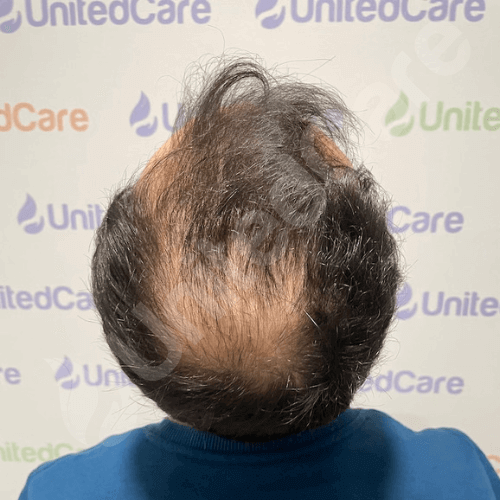
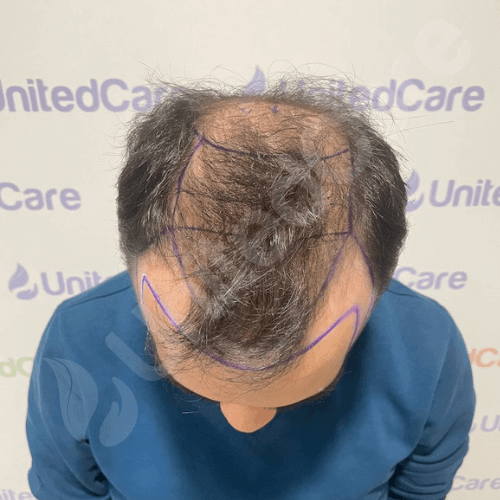
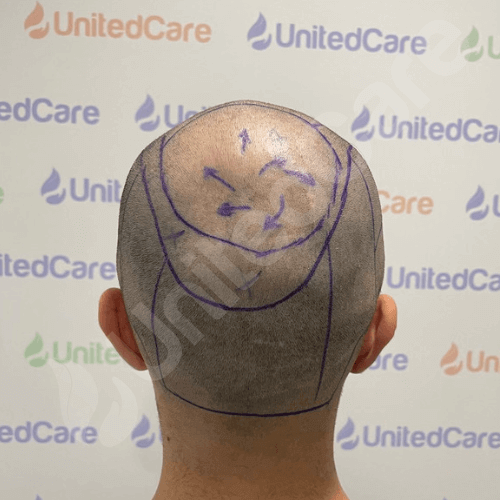
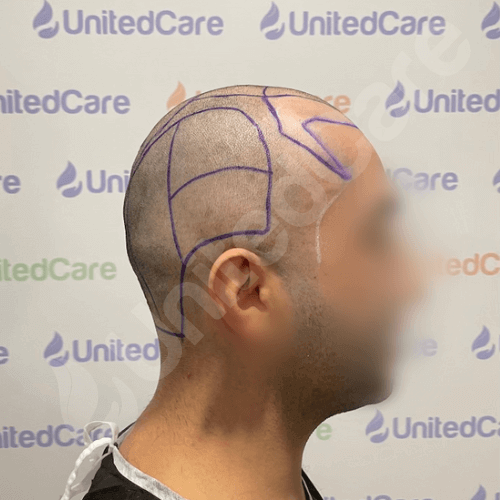
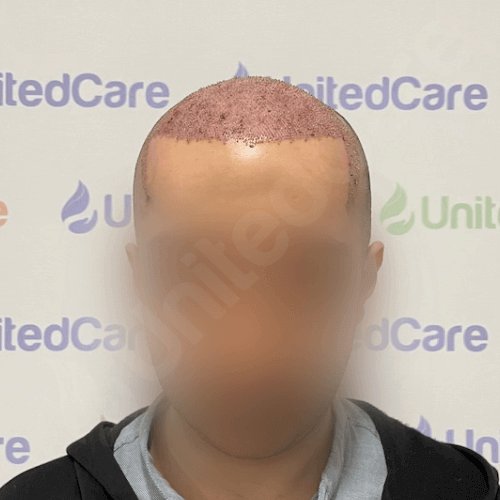
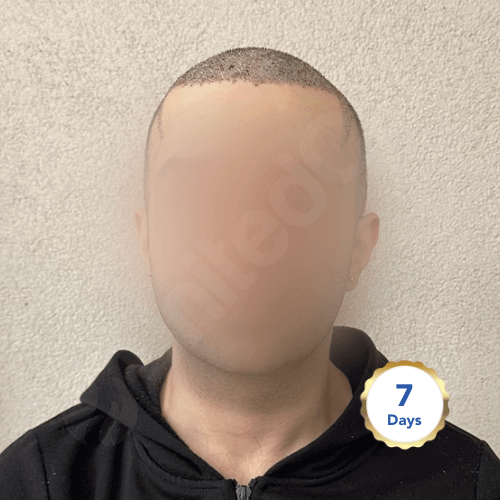
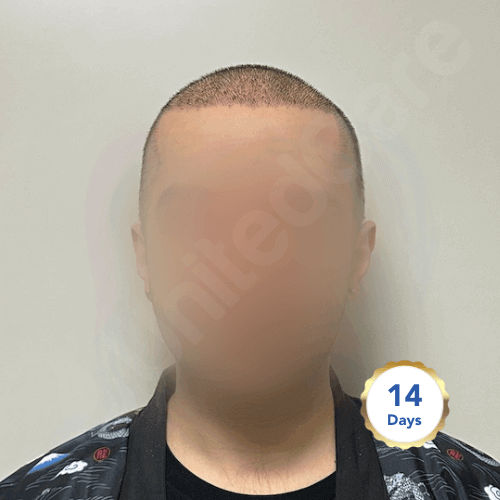
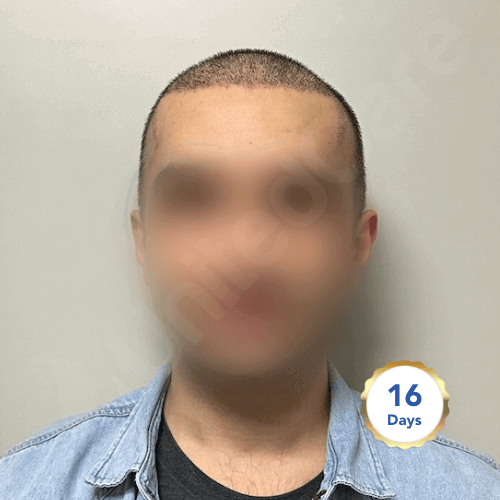
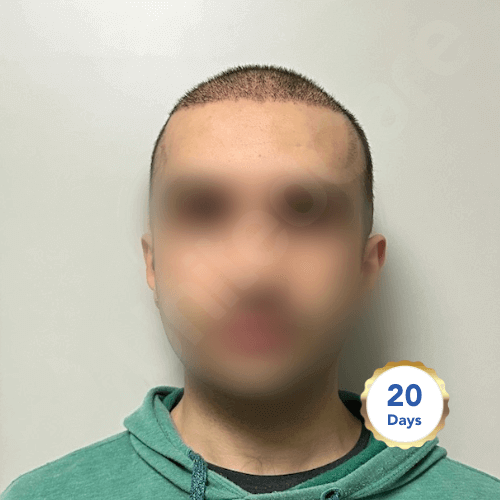
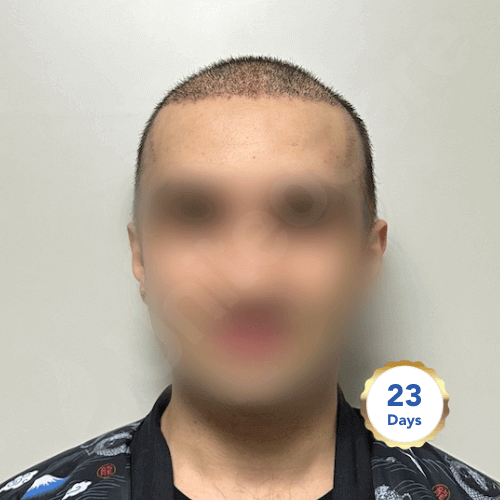
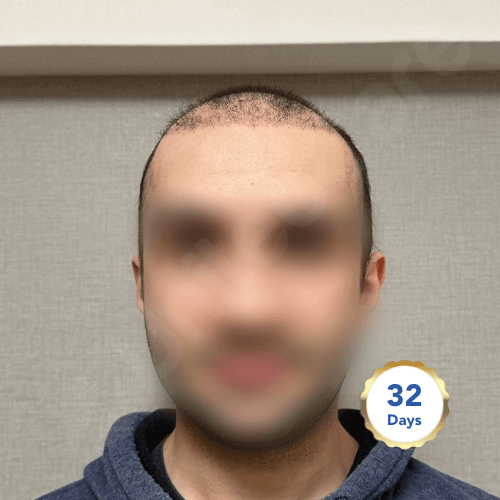
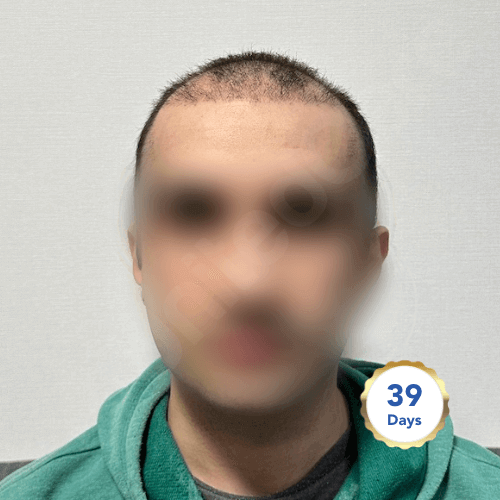
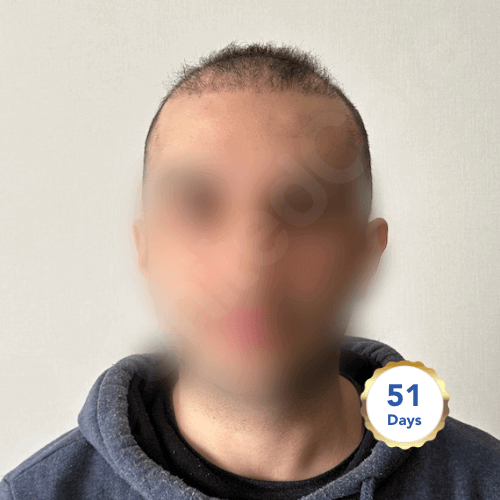
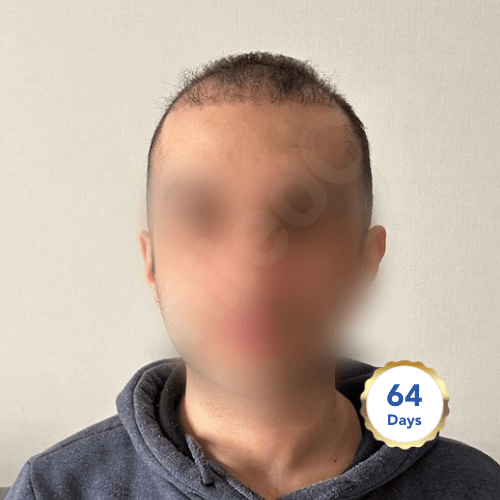
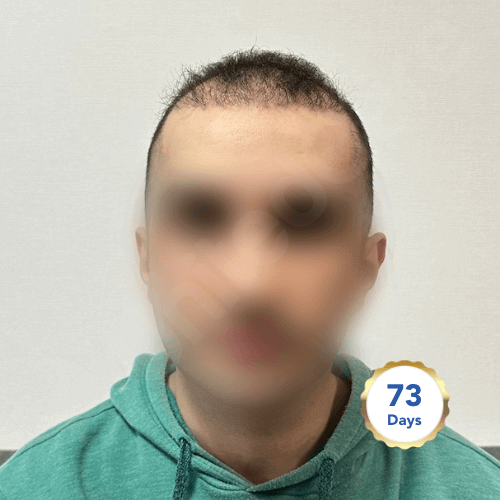
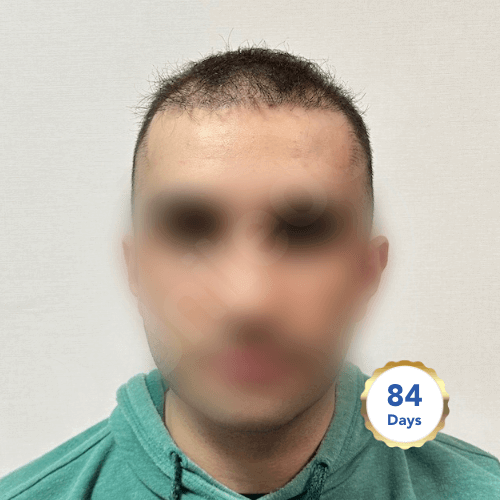
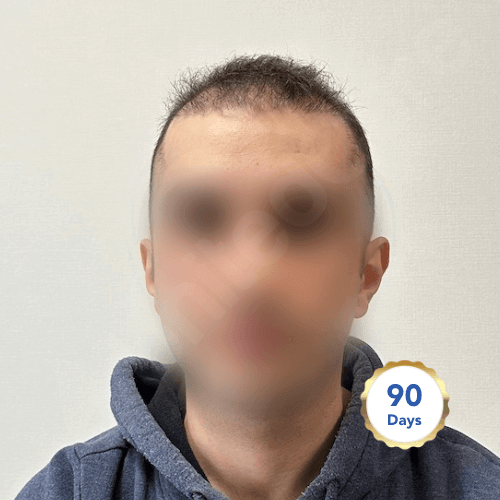
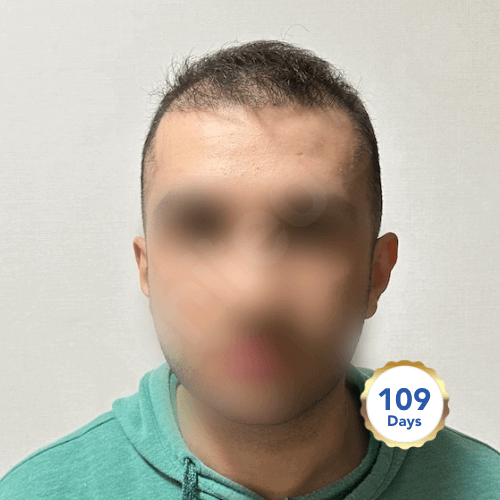
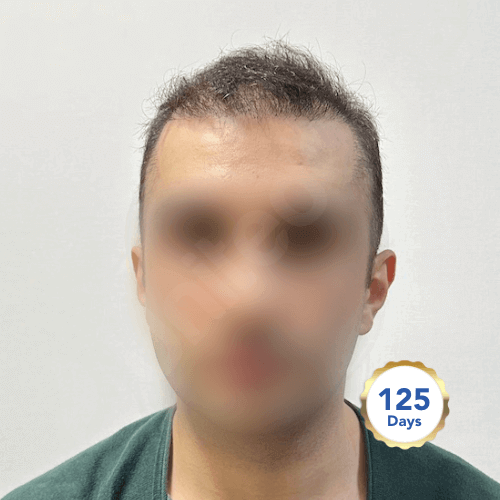
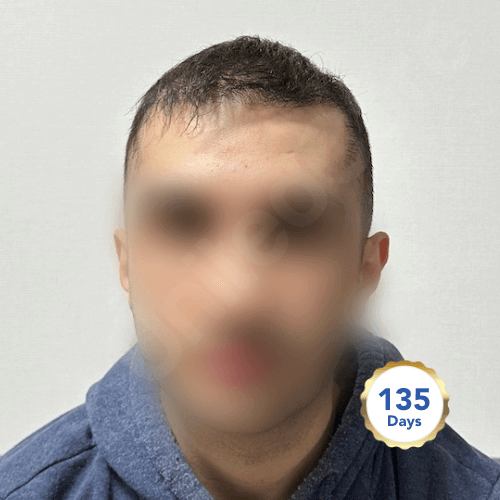
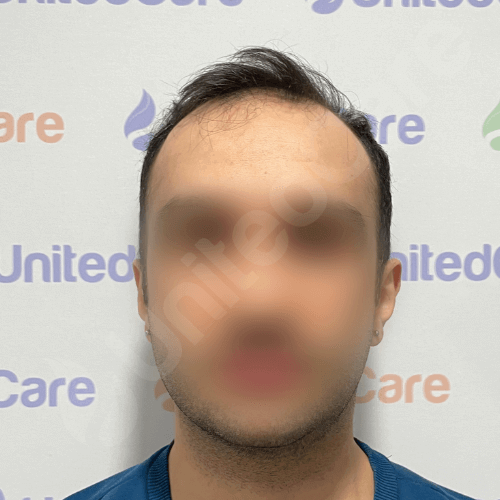
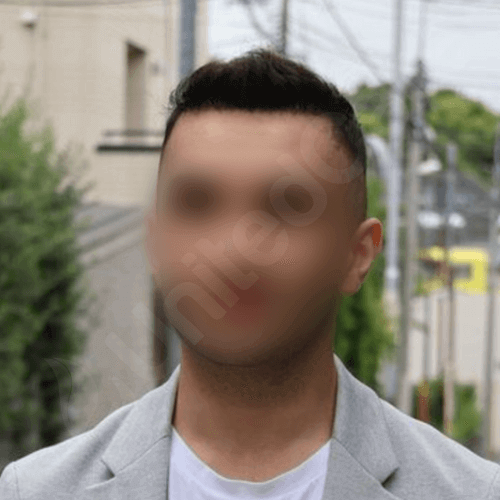
Hair Transplantation Journeys Should be Holistic:
Holistic treatment refers to treating a disease or condition not just by fixing the symptoms, but by helping the patient completely heal by guiding them as they remove any factor that might be affecting their well-being.
I believe this approach is the only sure way of ensuring that male pattern baldness is not a problem anymore for a patient.
That’s why we’ve founded the UnitedCare Hair Clinic especially in a landscape full of clinics with inexperienced staff and inattentive physicians; to provide patients with a holistic approach that can help them get back to their natural self without having to worry about reliving the same problems.
And it all starts with the first consultation:
The process of a successful hair transplant starts in pre-surgery.
Get your free consultation now to ensure your surgery and recovery go smoothly:
Frequently Asked Questions (FAQs)
How many months after hair transplant do you see results?
The initial results with moderate hair growth should be visible 6-9 months after the surgery, however, full results are visible at least after 12 months following the operation.
How many days should you rest after a hair transplant?
1-2 weeks of rest depending on your occupation is necessary for ensuring a safe initial recovery. If your work involves heavy and strenuous activities, you might need to take a longer time off.
Can I apply oil after a hair transplant?
There is no drawback of applying oil to your scalp after a hair transplant, but you should probably avoid this for at least 2-3 months after the surgery. However, I would suggest using topical Minoxidil instead of oils, since the positive effects of the treatment are proven by a study.
What happens after 4 months of hair transplant?
4 months after your hair transplant, the initial shedding on the recipient area of your scalp will be finished and new hair from the planted follicles should start growing. The fourth month is a great milestone as you’ll see the initial results of your surgery and all the aftercare you’ve done in the previous months.
How long to use the saline spray after a hair transplant?
Saline spray is often used to keep the transplanted area clean and moisturized during the recovery period. It is recommended to use it for at least a week. However, it is not the best post-op spray option since it is only an isotonic solution without additional supplements.
What is the post-hair transplant cost?
The post-hair transplant cost refers to the expenses incurred after the actual surgical procedure. These costs can vary based on factors such as the type of hair transplant and any additional treatments or medications required during the recovery period. Medications, additional treatments like PRP and LLLT, special post-hair transplant care products, and supplements. In Turkey, post hair transplant cost varies around 1000€. Keep in mind that this cost is optional.


Hi, just had FUE a few days ago. My question is for #41 and #42 using Monoxidil (continue until the end of the 12 month) Do I stop using at this point or continue use? What about Finasteride? Keep using or only during hair restoration process?
Thank you.
Hi James,
In the first month post-op, I don’t recommend using Minoxidil for various reasons. For Finasteride, you can use it even 3 months before the op and continue using it for a year. Even on a day after the surgery, Finasteride can be used.
Androgenic Alopecia is a progressive condition. Transplanted hairs will keep their DHT resistance property, but untouched hairs, especially on the top of the scalp, may continue falling. Therefore, long-term Finasteride and Minoxidil treatments can be recommended by your doctor.
In studies in which 5x of the daily recommended Finasteride dose is used, erectile dysfunction is 5 per 10.000 patients, and post-mature ejaculation is 7 per 10.000 patients. So, the side effects are not as common as reported by the patients and many of them are experiencing the placebo effect. So, it is safe (under the doctor’s supervision).
Feel free to use our free Care Assistant tool. It would be helpful in the healing process showing what is allowed or forbidden day by day.
Good luck 🍀
Appreciate your response. You stated in your article to continue Minoixidil for growth and shock loss until the end of the 12th month on the newly transplanted area. So I’m curious if I need to stop using is on the new grafts after this and only use minoxidil on the untouched hairs? Just wanted to clarify, thank you.
Yes, I recommend my hair transplant patients to use Minoxidil on both newly transplanted and untouched hairs. Also keep in mind that, hairs in the safe donor zone have fewer ARs (Androgen Receptors) but they may be still susceptible to DHT.
It is interesting to see that the doctor who performed your hair transplant didn’t explain all of these facts.
Best.
HI there,
What’s the risk of intercourse within the first week? I waited 4 days and now I am super nervous, lol. Is it because the increased blood-pressure can dislodge the grafts or sweating?
Thanks,
J
Hello,
1- sweat increases the risk of infection
2- If there is bumping or rubbing on the implanted area in the first 10 days, the grafts will come out and that area will remain bald.
Best.
Hi there..
First of all thnq for such beneficial suggestions.. I just want to know if cap or hat is urgent to wear at daytime outside visit in winter days after 1 month of post OT.. What type of headwear can one wear in winter to prevent from cold ?
Hello Mr. Soni,
Thank you for your kind words.
I strictly recommend avoiding sun exposure to the scalp in the first month of post-op. After a month, it is safe.
However, remember that sunlight causes skin damage and eventually photoaging. My family and I always use high-quality sunscreens to protect ourselves from this damage. I also recommend you use sunscreens.
In addition, our app “Care Assistant” may help you find answers. Once you enter your surgery date, it is saved, and whenever you visit back on your pc or phone, you see your personalized hair transplant instructions.
https://www.unitedcareclinic.com/care-assistant/
Best.
After a hair Transplant how soon after can you wash your Hair
Also can you wear a cap after a hair Transplant
Hello Mr. Perez,
After 12 to 24 hours, the hair transplant crew performs the first hair wash at the clinic and gives you washing instructions. You need to follow this special instruction for 15 days and use only the special shampoo provided by the doctor.
Regarding your second question about the hat:
Casual hat, head covering, or helmet usage is forbidden for the first-month post-op. If your doctor gives you a special, loose-fitting hat (like a safari hat), you can use it at your own risk. Remember, grafts are very fragile in the first days after surgery and can be easily dislocated.
Best.
My hair is very thin and I use a Matte/Clay product to give it a more “messy” look. When can I start using this product after I have had a transplant?
Hello Tim.
I forbid my patients from using hair styling products 7 days pre-op and 6 months post-op since they negatively affect sensitive, newly growing hairs.
Best.
I had an FUE, and after procedure, just for a couple days, I used organic coconut oil on recipient site to help soften scabs, left on for 20 minutes each time. Did I harm my grafts? I’m worried. But stopped and only used lotion from clinic afterwards, this was probably on day 10 and 11 I used coconut oil.
Thanks for any information
Hello Ronnie,
Nothing to worry about if the product
– Is organic
– Doesn’t contain any chemicals
– Didn’t clog the pores and cause occlusion.
After 10 days of hair transplant (not before), only if your skin is very dry and you feel uncomfortable, you can use moisturizing products (meeting the criteria above) recommended only by your dermatologist.
If you can’t find any natural product, glycerine is always an option. Let me emphasize again that products must not contain chemicals!!
Best.
My transplant now completed 50 days
. im working on construction field there too much dust and heat is that
Any problems
. and always using hat hat wet with sweating
Sorry for my bad english
Hello Joyel,
After 1 month post-op (after swelling, reddish skin, and inflammation are gone), exposure to heat is not a problem. And you can wear a hat.
Long-term exposure to air pollution might cause hair loss. However, it won’t have any extra effect for your case.
Best.
Any particular sunscreen to avoid on scalp or any SPF 30 or higher works
The donor area after FUT is very red and the scar visible on side of head will the redness subside and the scar become less visible with time ?
Hello Rob,
I suggest Bioderma Spot SPF 50+ to my patients.
Considering your second question, the redness disappears in 2-3 weeks. If it doesn’t, I recommend that you consult your doctor.
FUT scars are permanent; the only way to hide them is to wait for your hair to grow.
Best.
I expected swelling in the forehead and eyes for up to a week, but now after a week that’s gone but I still have a lot of swelling in the lower part of my cheeks, where the cheeks meet the jaw line. Is this any cause for concern?
I was using topical Finasteride a month or so prior to FUT, when can I start using it again and does it have similar results to topical Minoxidil?
Thank you!
Hi Matt,
Even if “the swelling in the lower parts of your cheeks” is not common and typical, I can confidently say it is safe for now. If it doesn’t go away in 5-10 months, the surgeon should re-evaluate the situation.
Research states that topical finasteride is much stronger than topical minoxidil. You can safely start using it 1 month after the hair transplant.
Best.
Dear doctor,
It has been 2.5 months since my FUE, frontal and back transplant. Now I’m planning vacation at the sea side. Is it safe to use sunscreen SPF 50? What about hair SPF oils protectors i.e. Apivita Bee Sun Safe Hair Oil?
Additionally, do you suggest some hydratization creme for the transplant area, since I’m starting to experience dryness of the skin at the transplanted part, but using a creme I’m affraid that I can affect foliculess breathing process.
Thank you
Hi Amar,
During holiday periods with intense sun exposure, it’s beneficial to use a hat with SPF protection to maintain a healthy scalp after the hair transplant. If hats aren’t preferred, a water-based sunscreen is recommended. Bioderma Photoderm Sun Mist is a suitable product, and I personally recommend it over the other options you mentioned.
For dryness, I recommend Huile D’amande which can be prepared by herbalists or can be found in pharmacies. It will be effective in moisturizing both the scalp and hair shafts.
Best.
I’m not happy with the look of the donor area after having FUE 2 months ago. There are quite obvious large stripes and patches where the hair is much sparser and it looks like there may have been over-harvesting. Will the look of the donor area improve over time?
Hello Ryan,
Even if the crew has overharvested your donor area, its condition will improve over time. And post hair transplant patches might be due to the shock loss and temporary.
I need to see your photos to make a more accurate comment.
Best.
How long after FUE could you safely massage Huile D’amande into scalp for dryness?
Thank you.
After 10 days post-op. You’re welcome.
Hello, love reading ppl questions and you answering in timely manner-
I have 2 questions-
1- how long should I wait until I can make love with my partner ? I am on 20 day htp
2- what kinda of shampoo do you recommend and how many days should I use ? Right now I am using dh laboratory shampoo.
Thank you in advance 🙂
Hello Salman,
After finishing the shampoo provided by the clinic, I recommend Neutrogena T-Gel shampoo, at least by the end of the fourth month. In the subsequent period, you can continue with any anti-hair loss shampoo brands with the lowest possible chemical content.
For the first question, you can use our Care Assistant App.
Best.